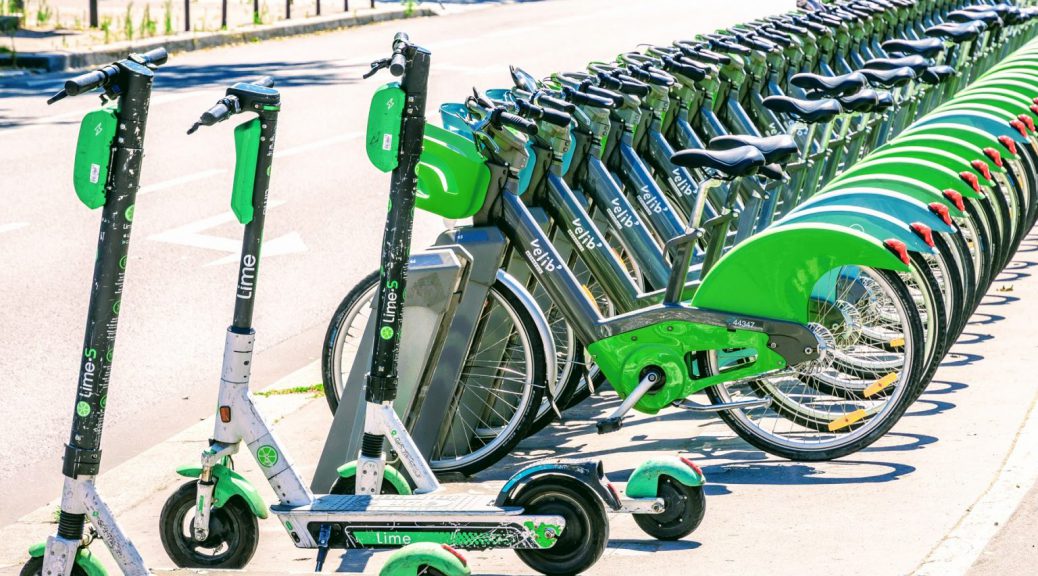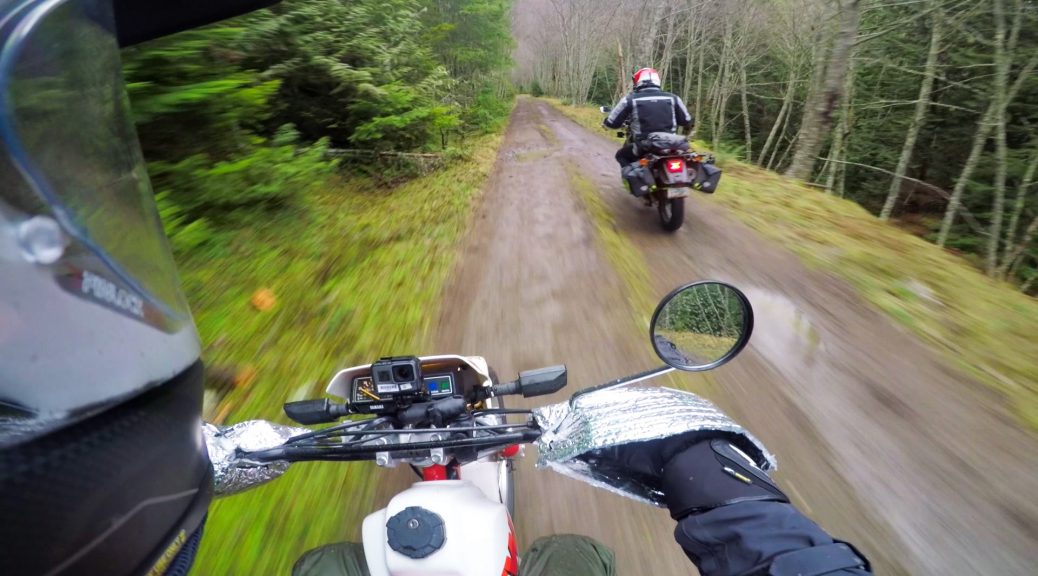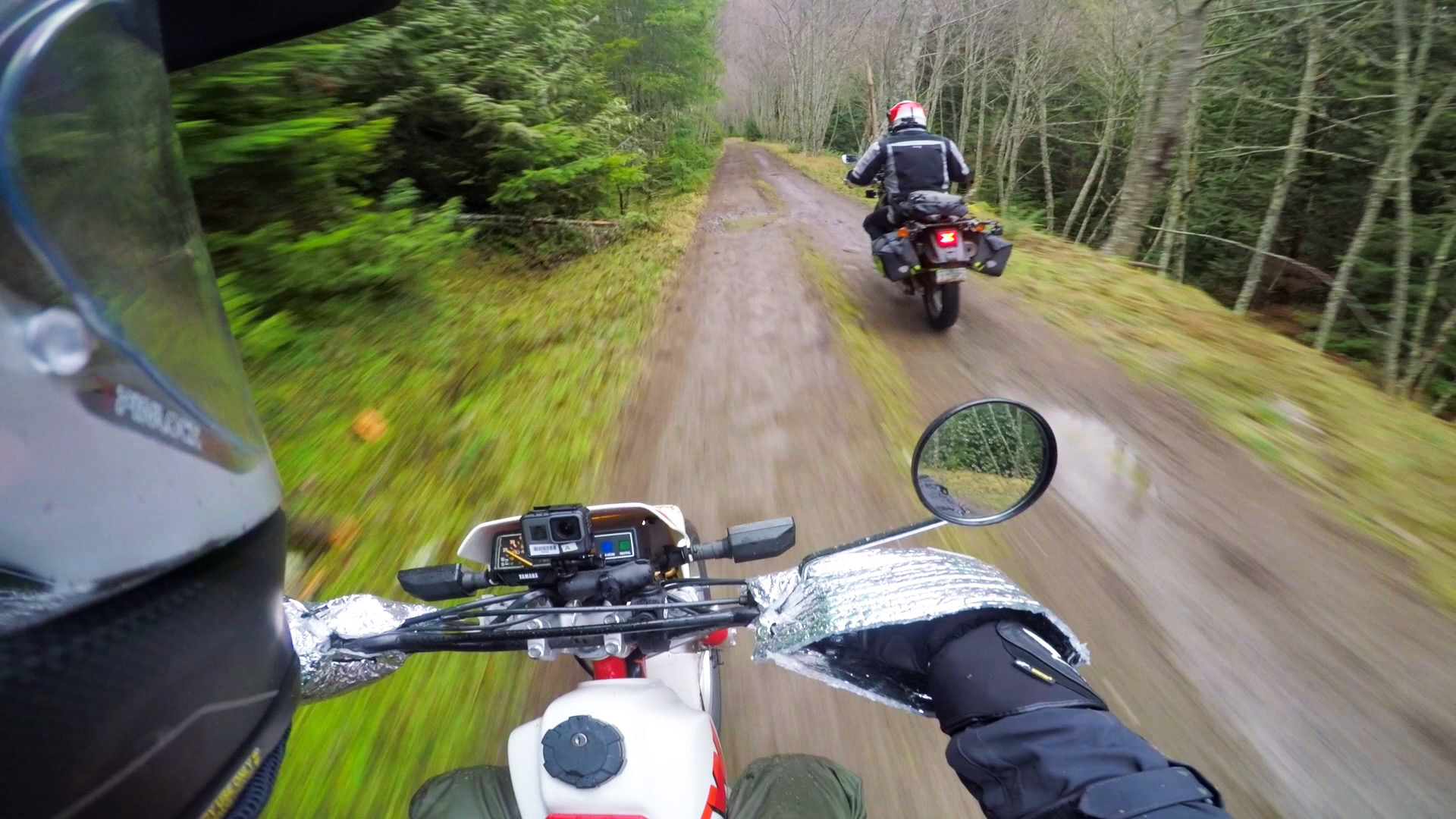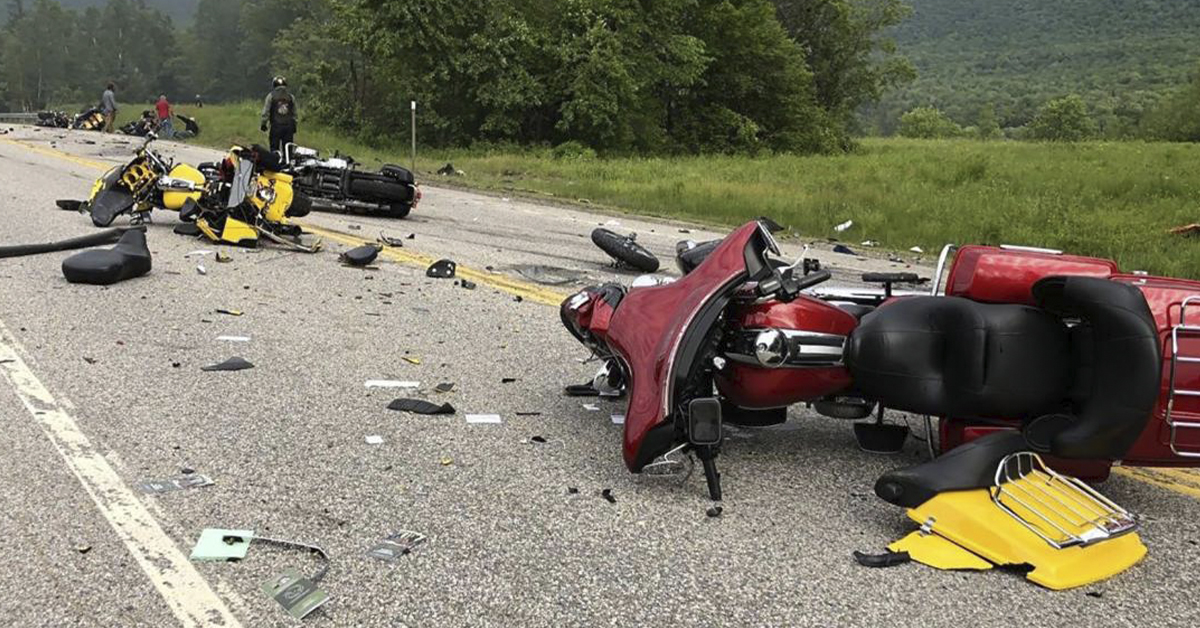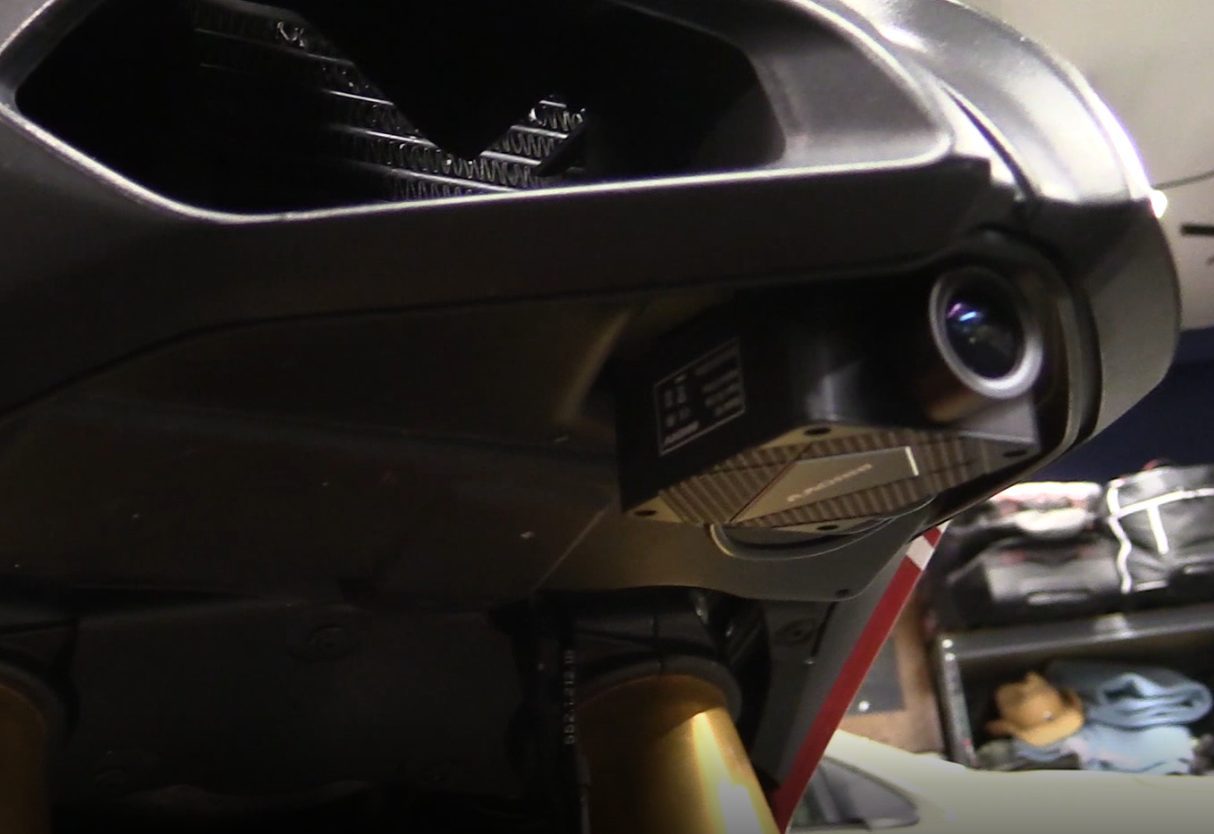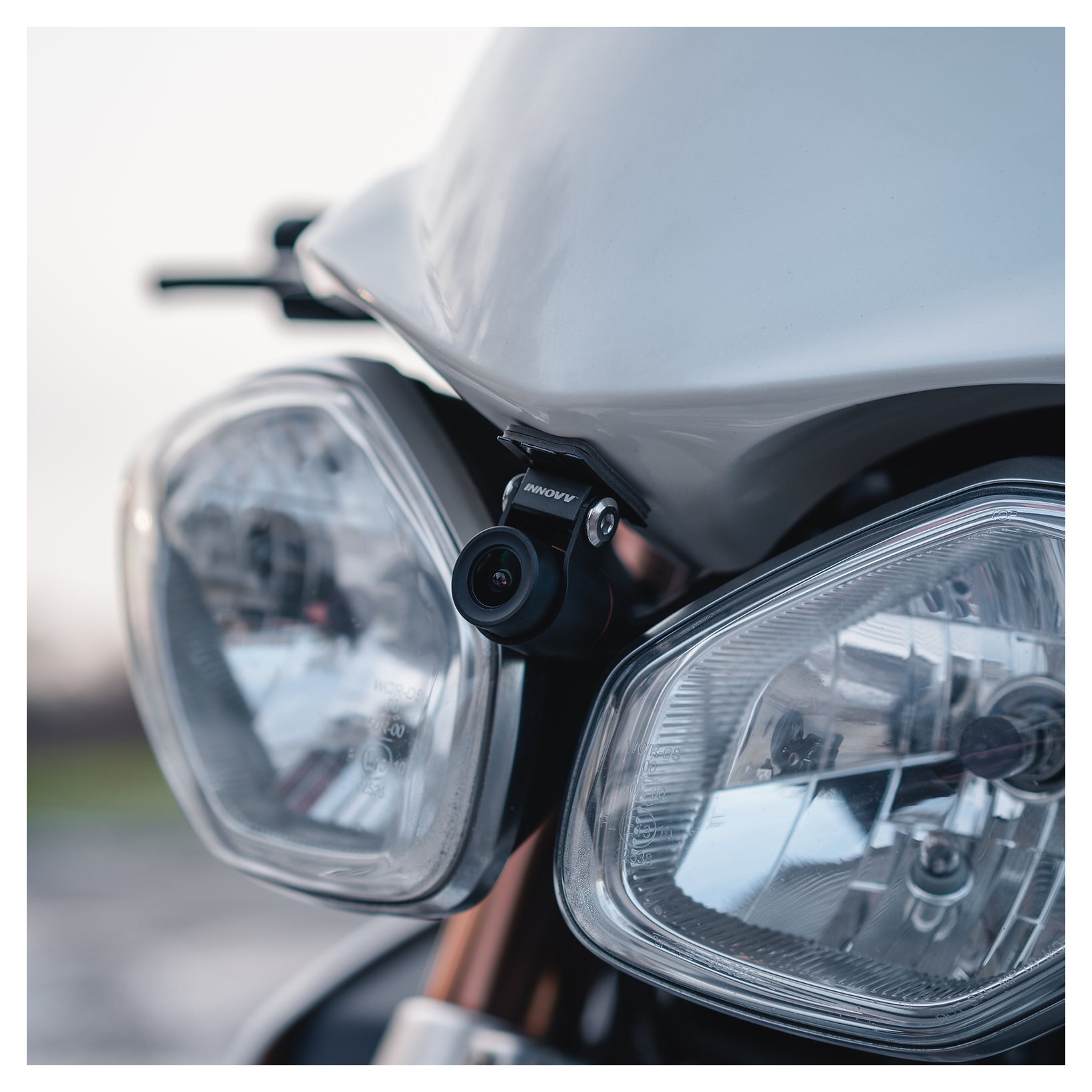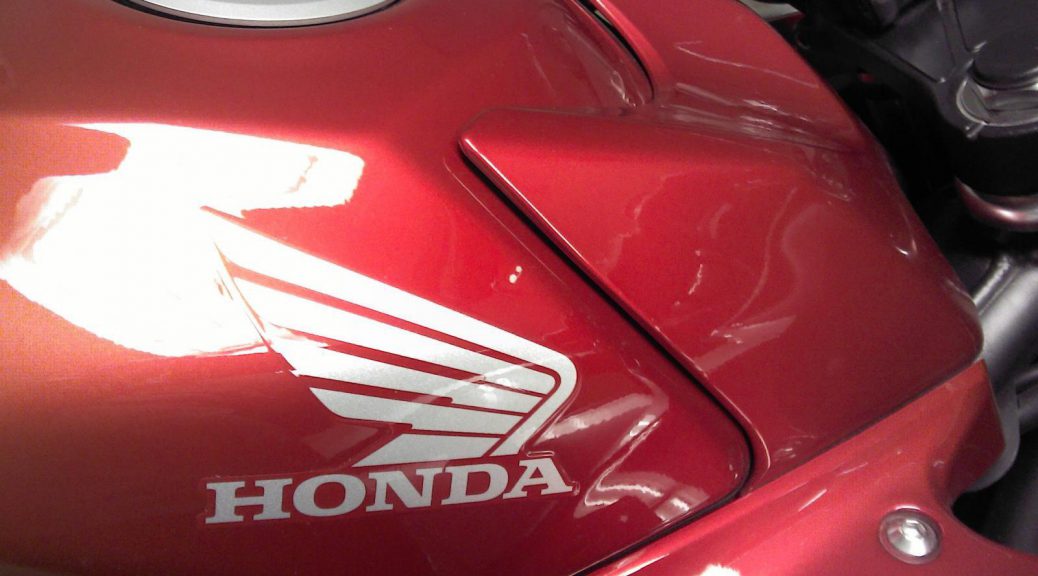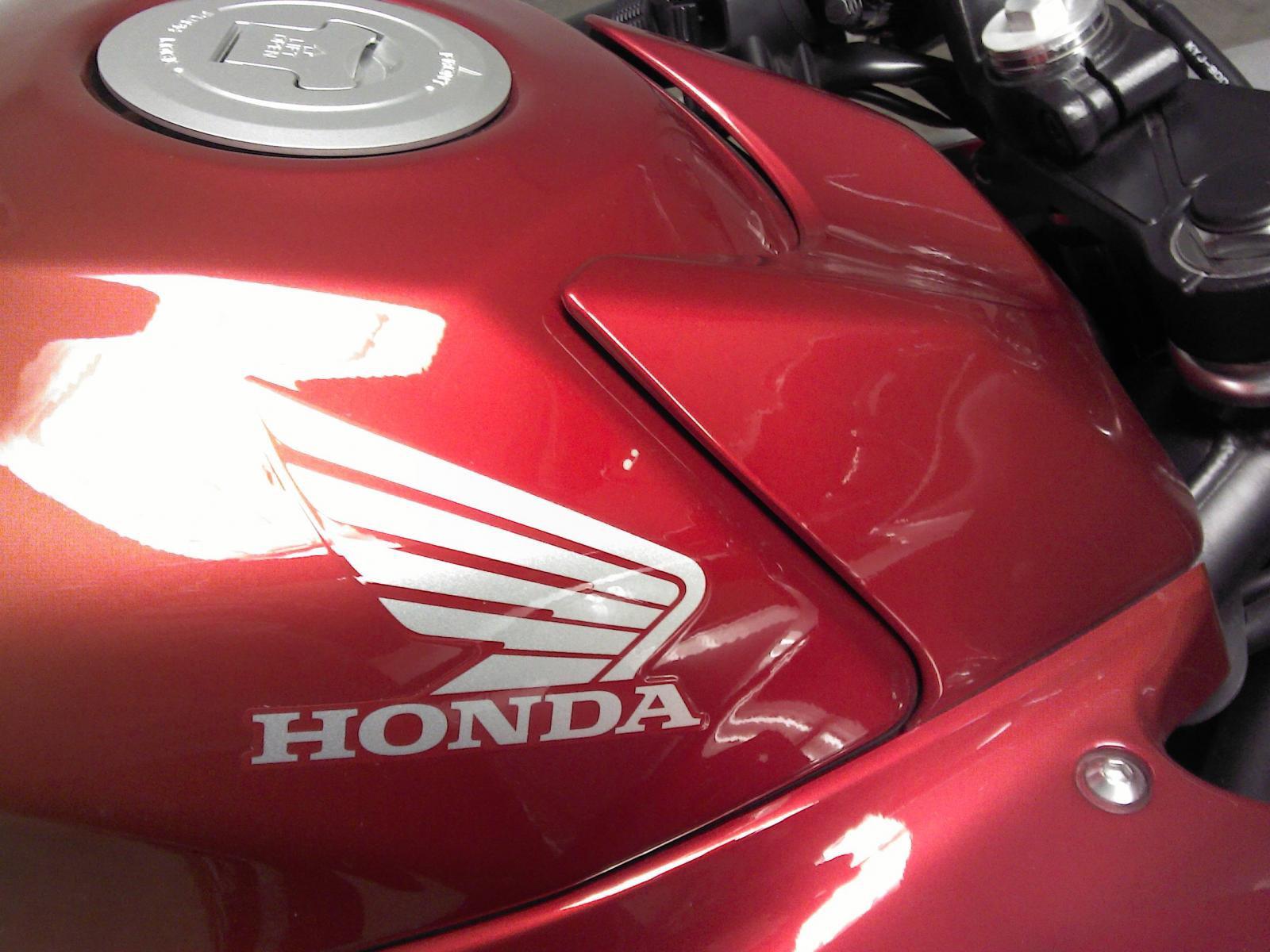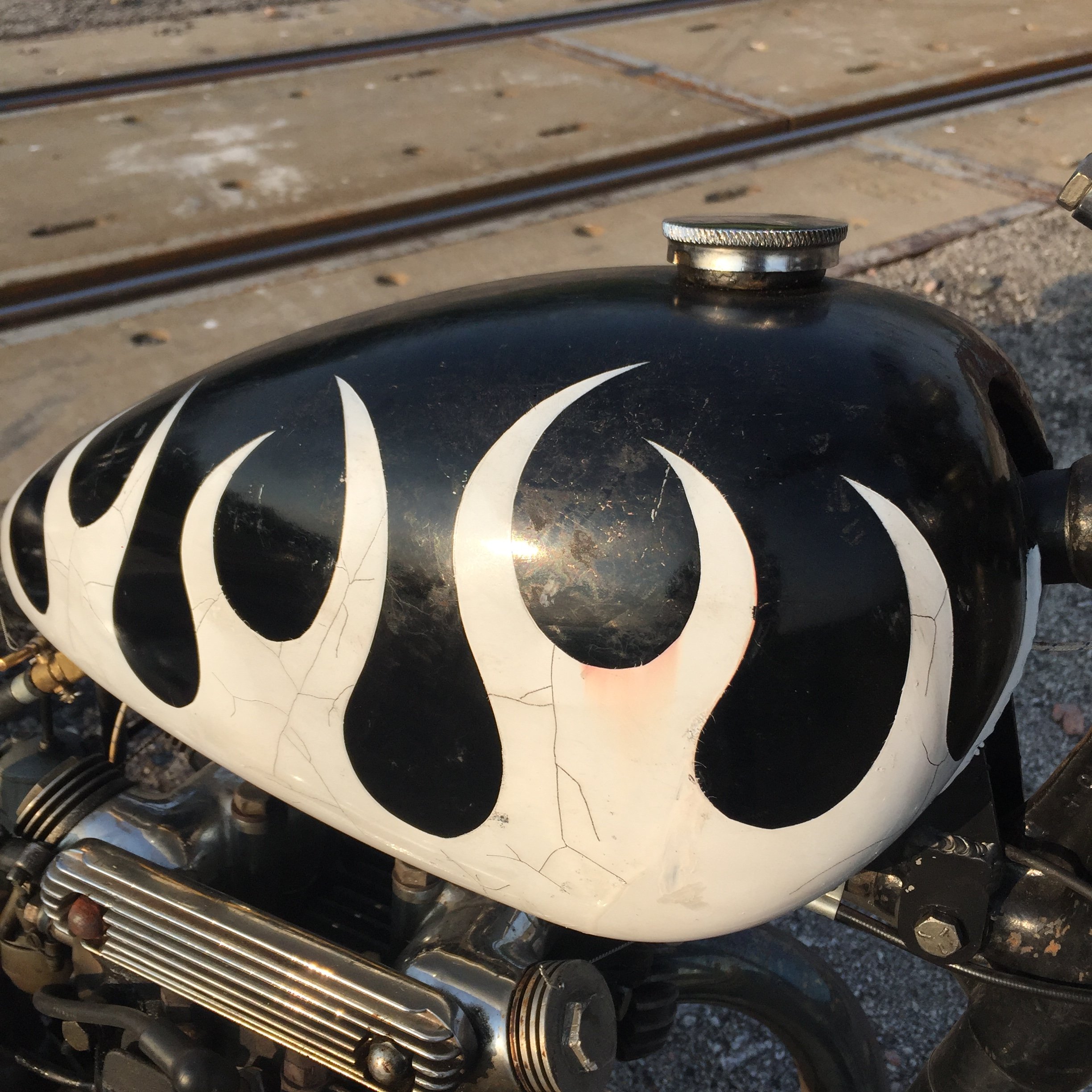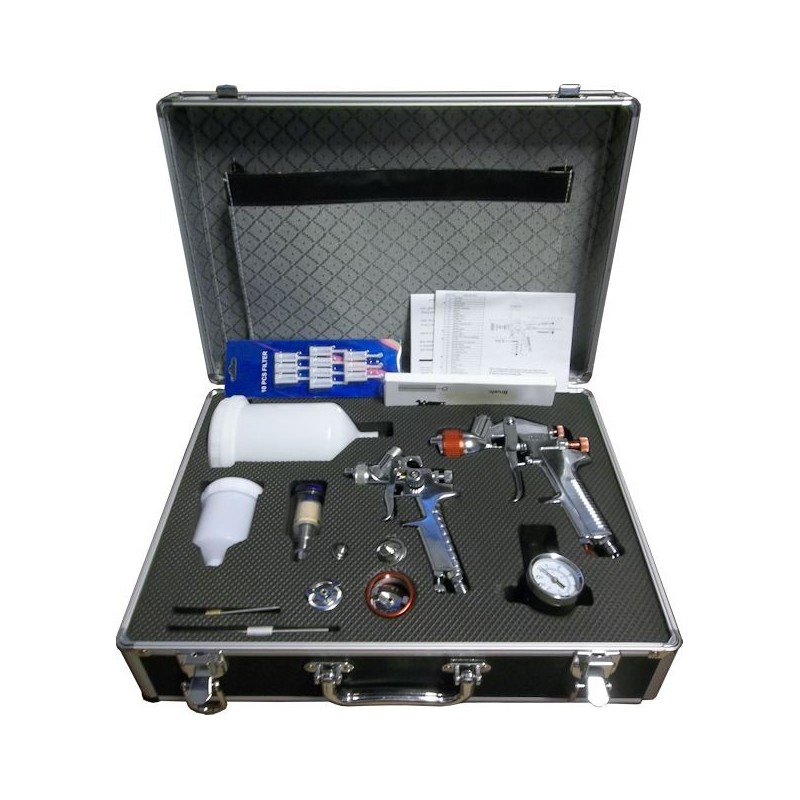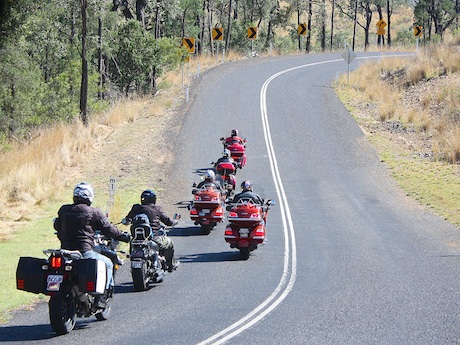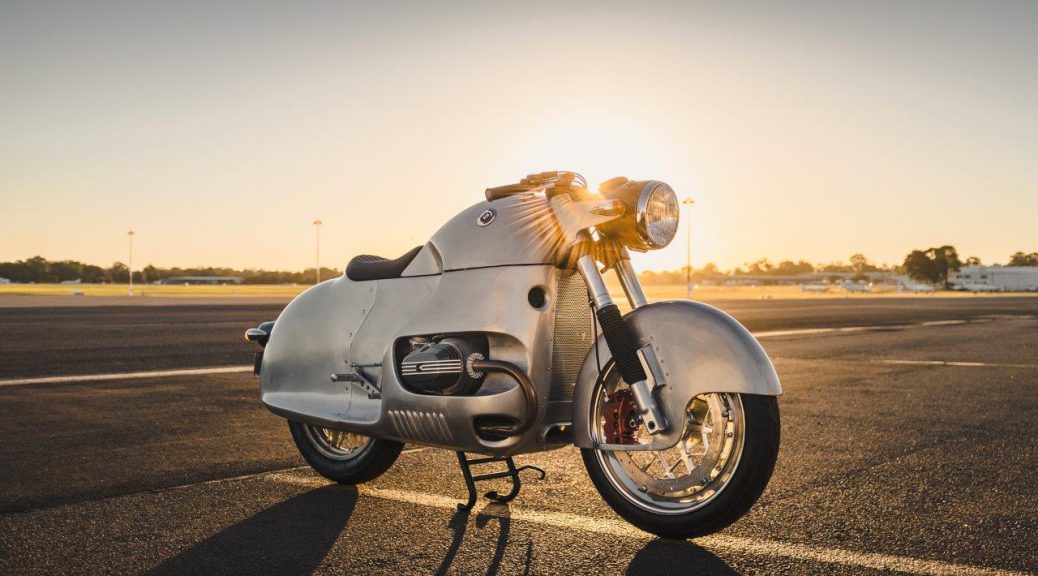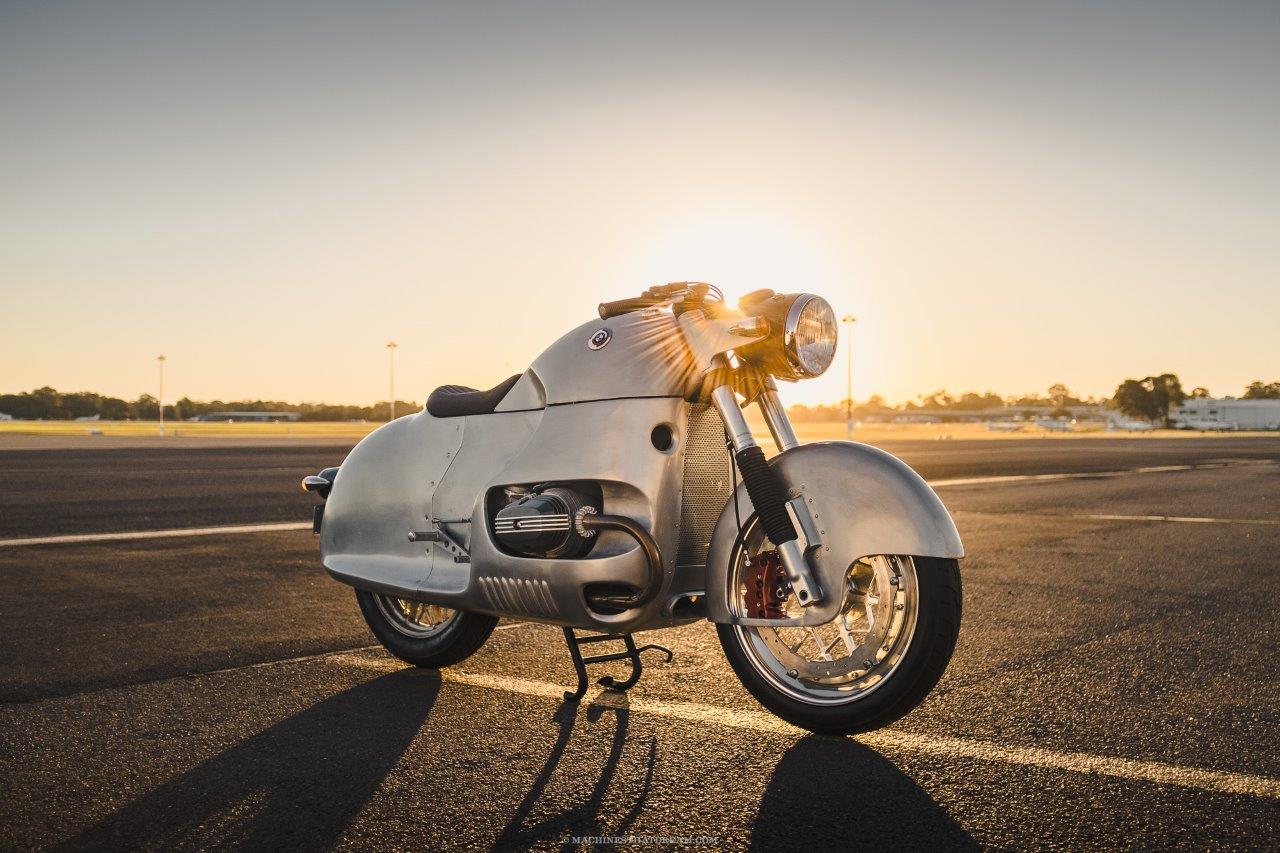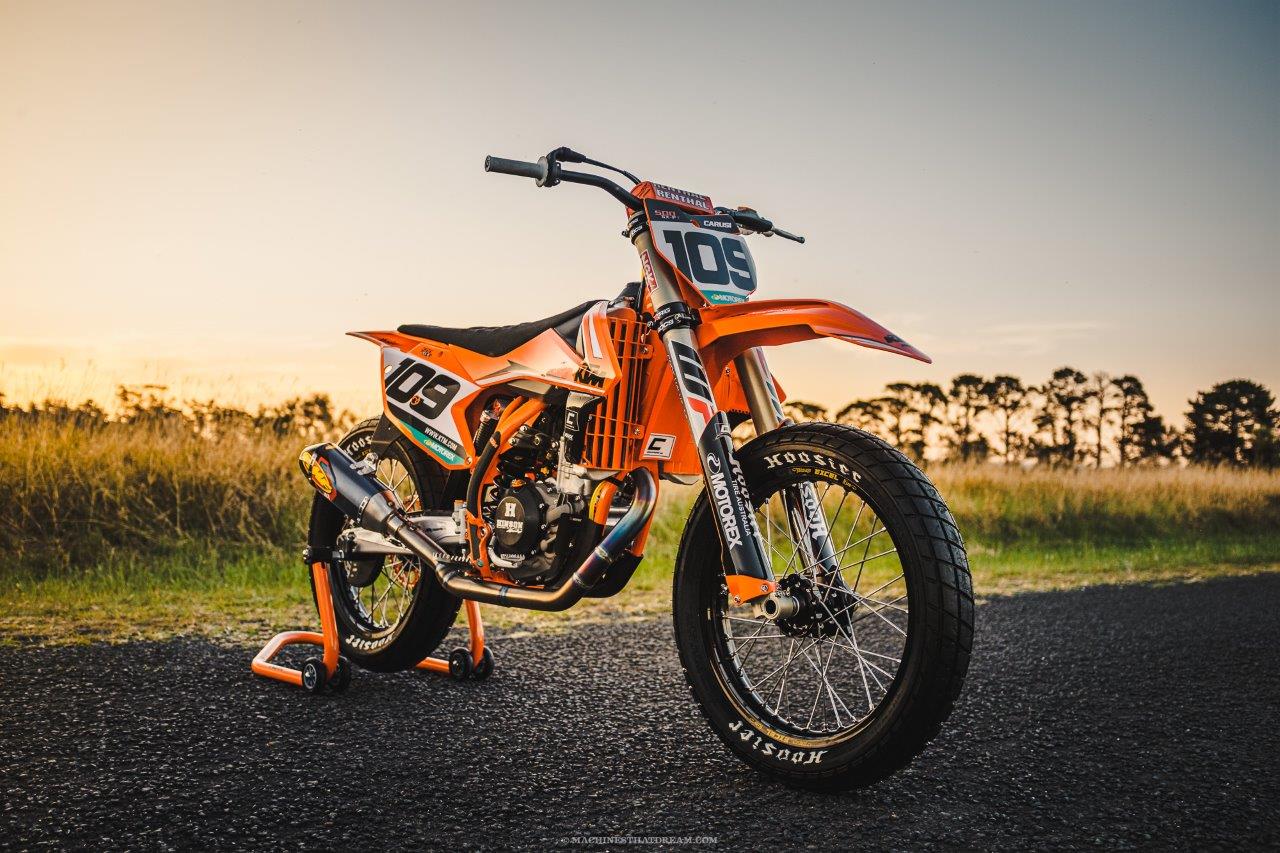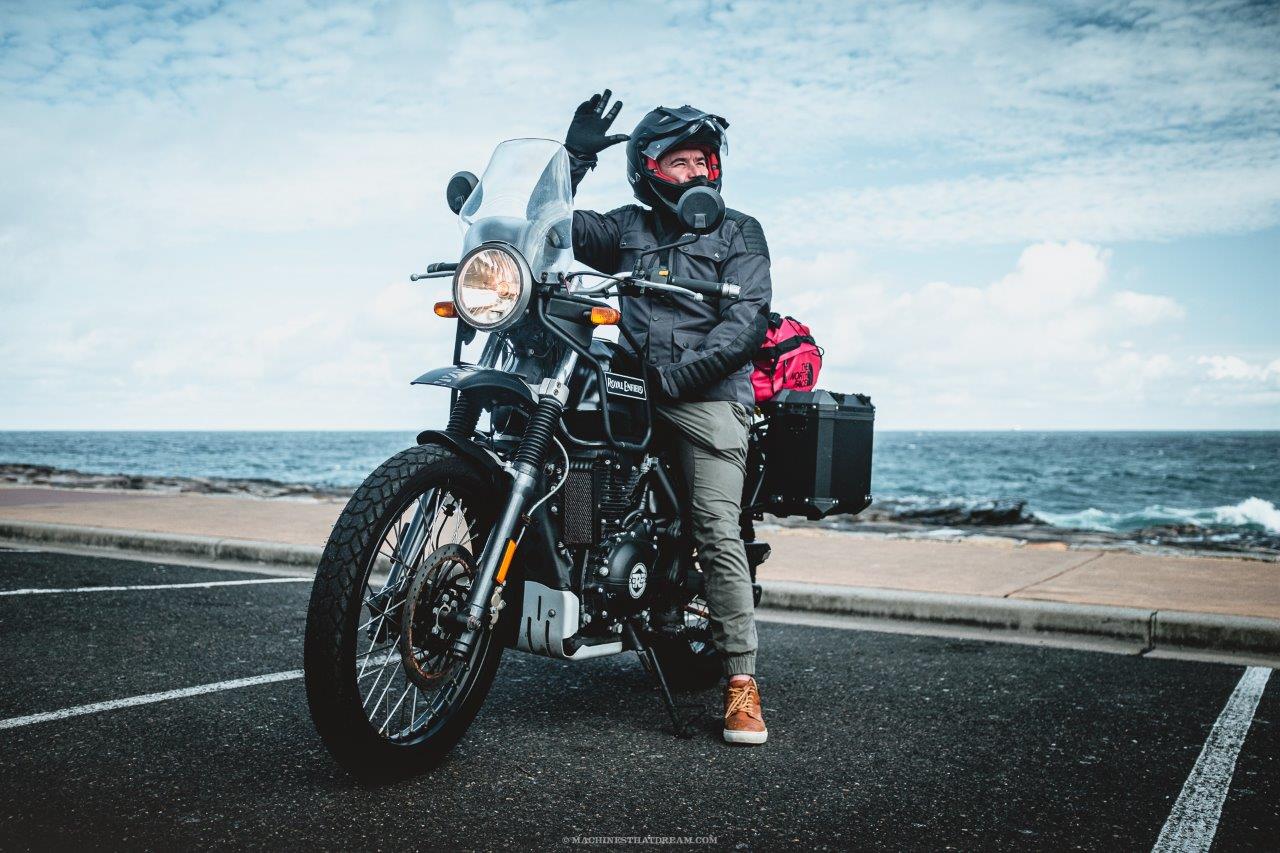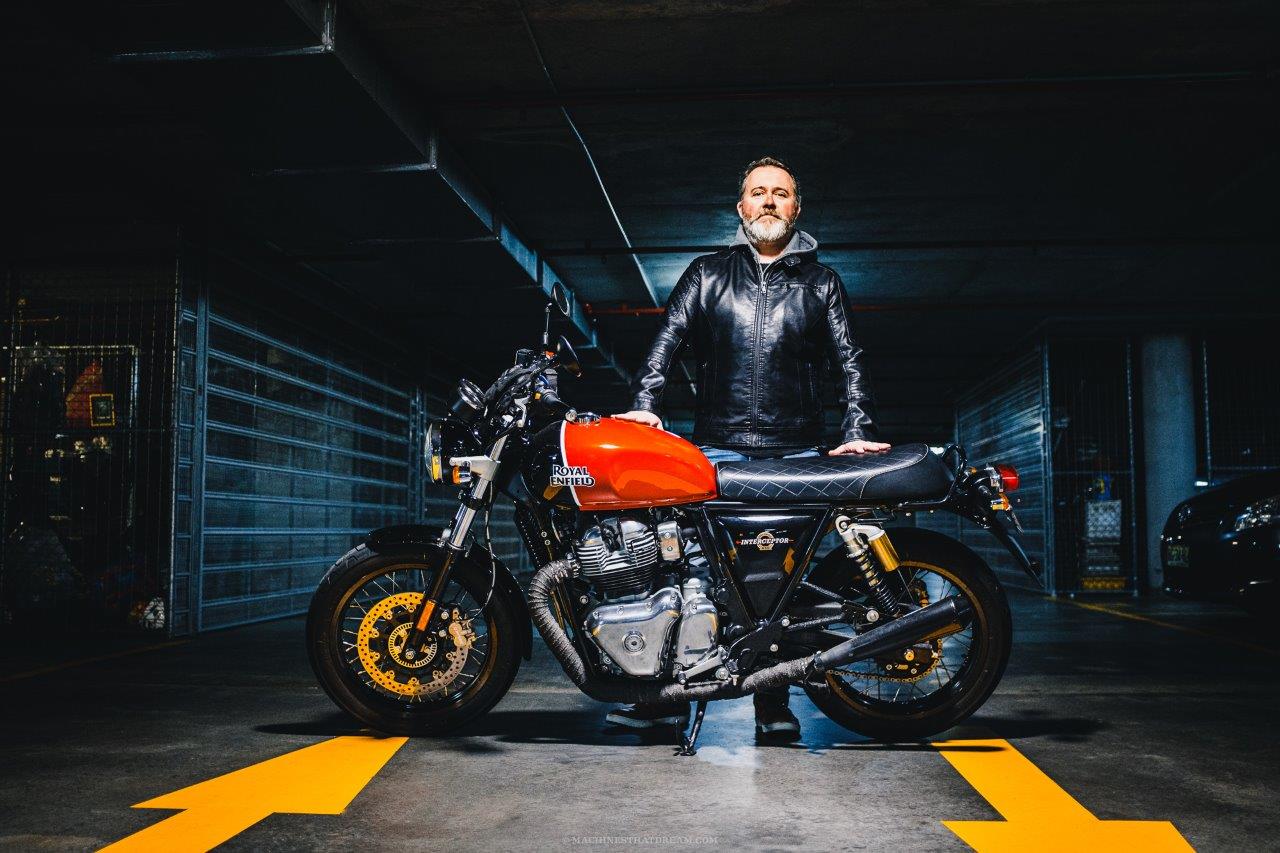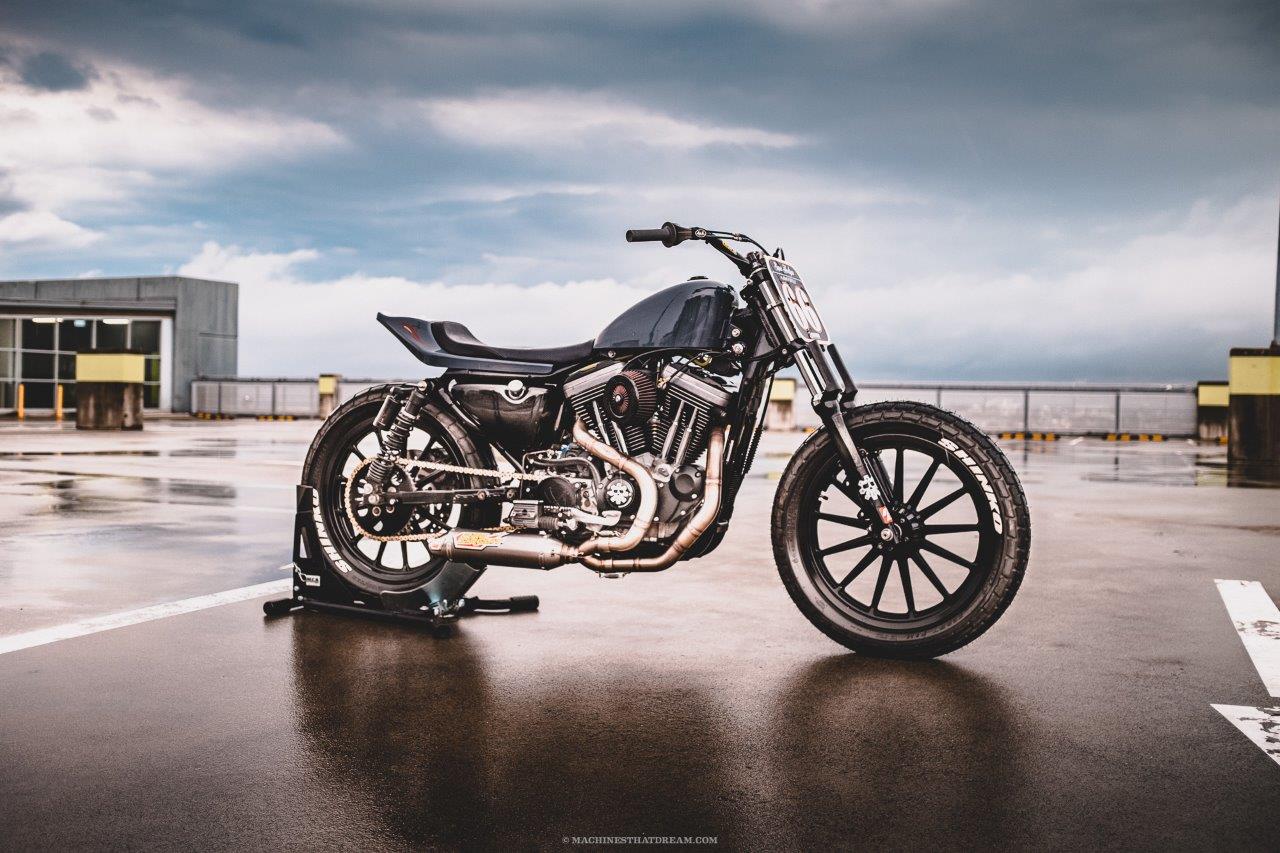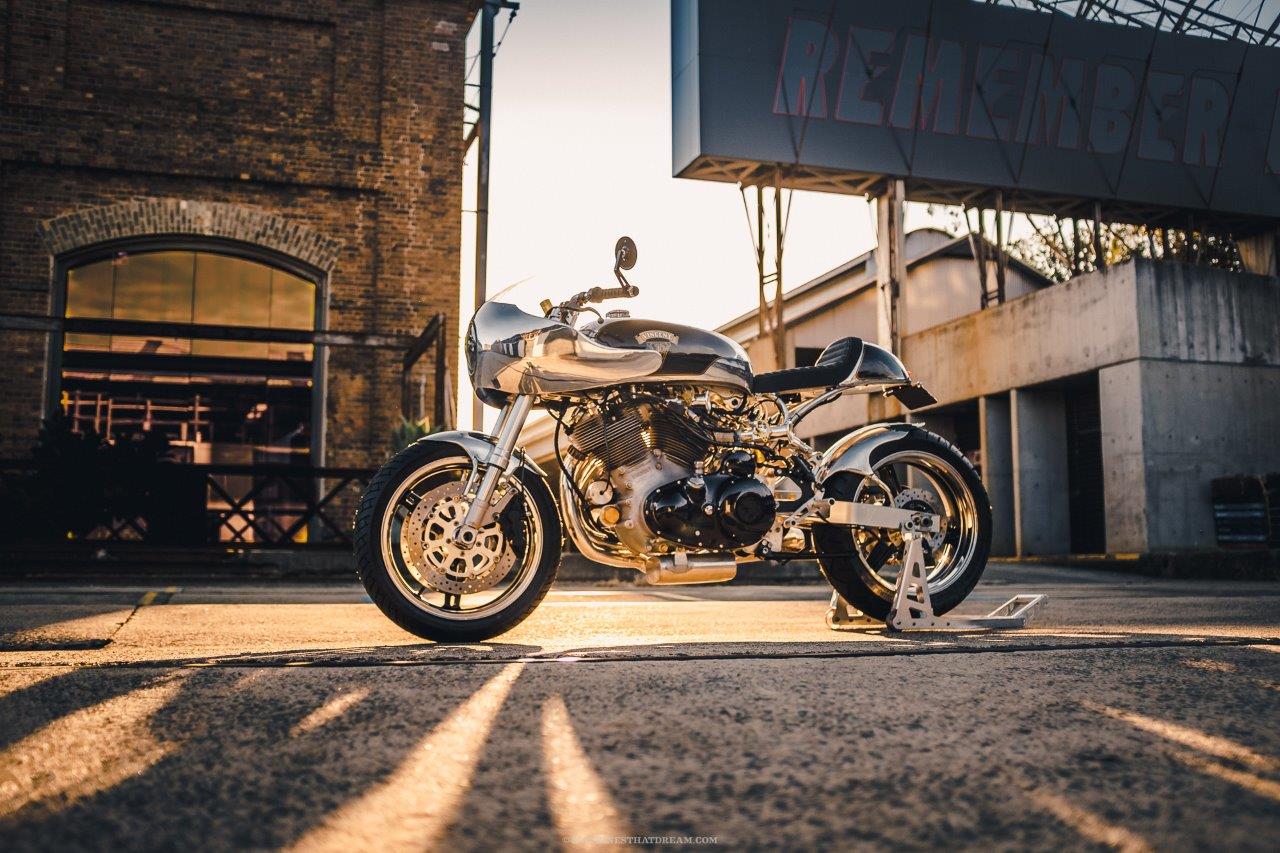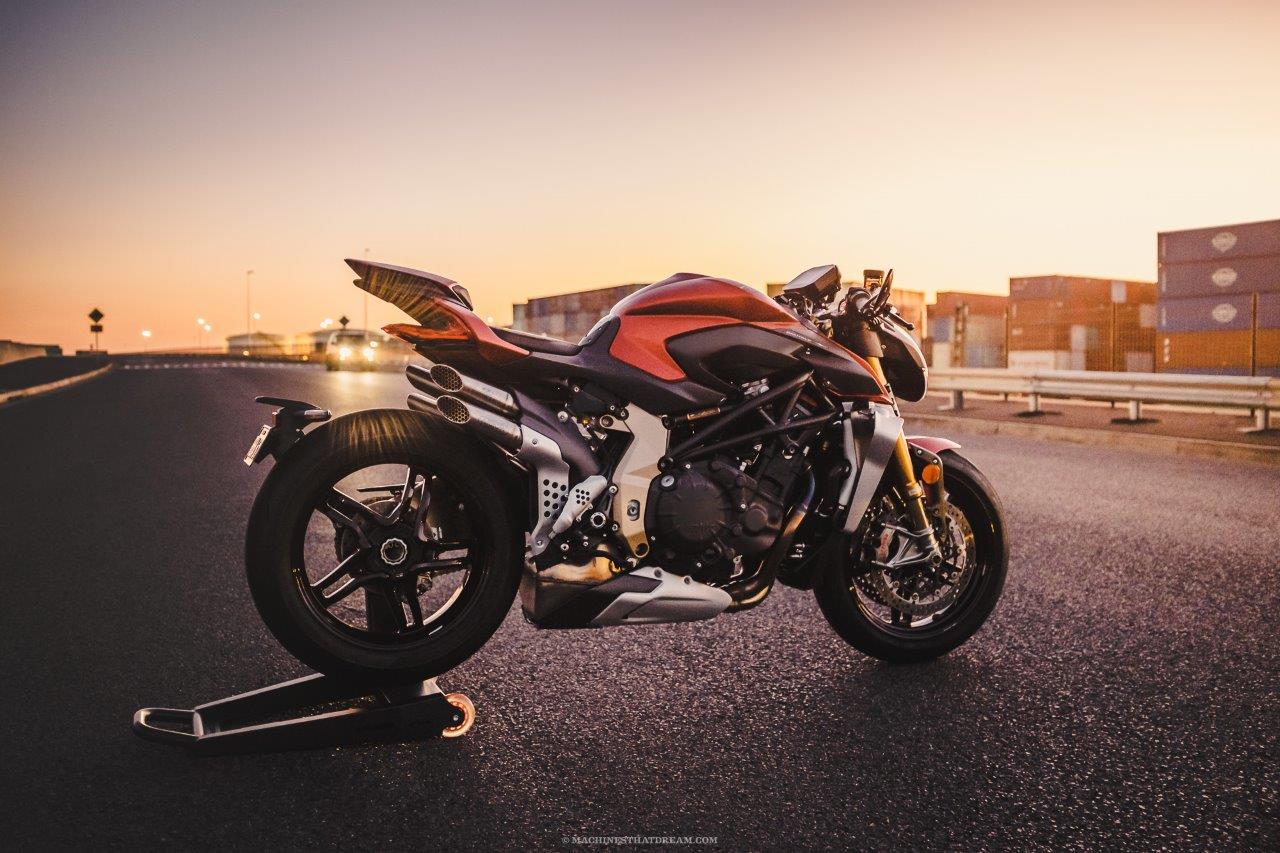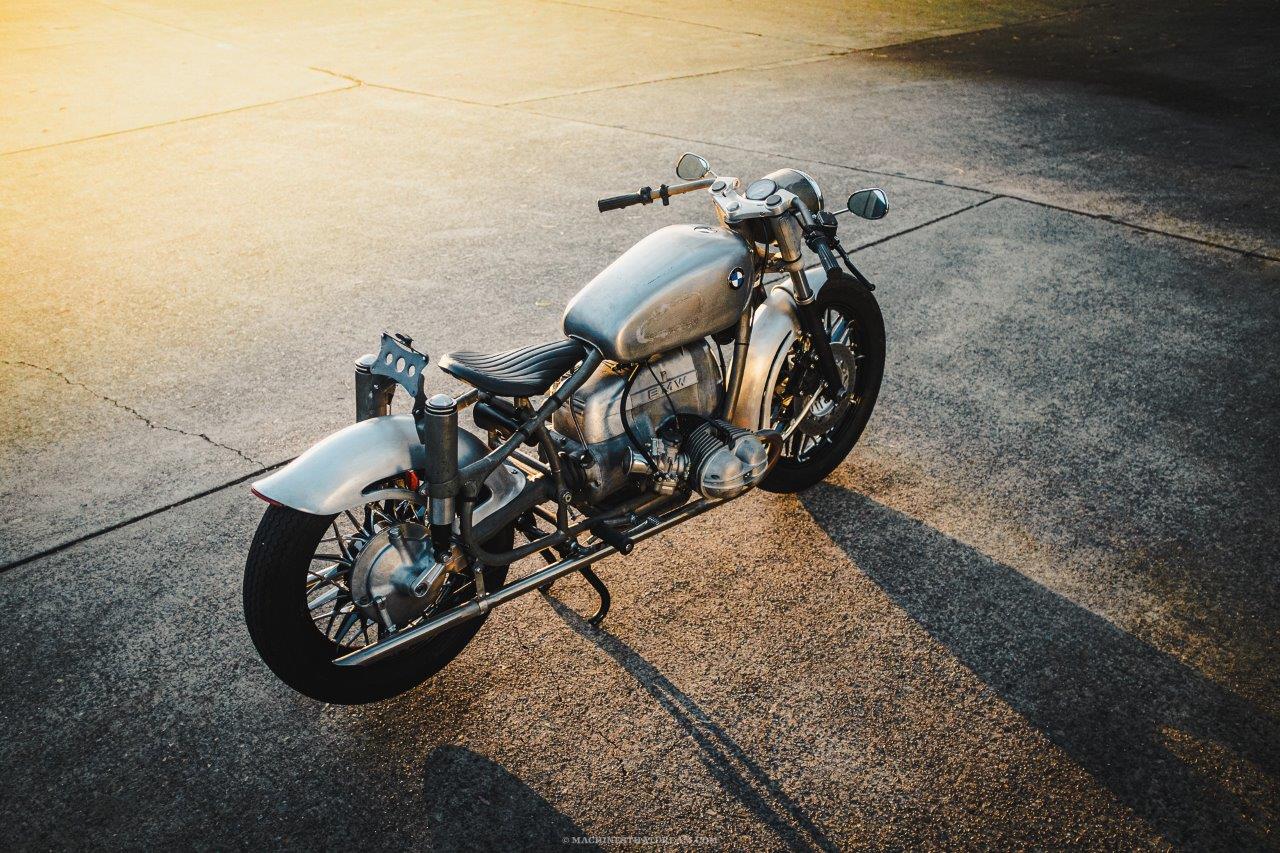Over the last few years, we’ve seen a monumental transformation in the personal transportation space. Automobile and powersport manufacturers have made significant strides in making electric vehicles their top priority, with some even announcing that they will cease producing internal combustion engines soon. Certain European countries have also decided to stop the sales of non-zero emission vehicles by 2030.
As this transition occurs, another supporting aspect of personal transportation has also seen tremendous growth — last-mile transportation. These include electric bikes, scooters, and mopeds, that plug the voids that a larger electric vehicle can’t fill.
What Is Micromobility?
Micromobility is commonly referred to as using small PEVs (personal electric vehicles) such as eBikes, electric scooters, or electric skateboards — to commute in an urban environment. While size is more of a deciding factor in whether a particular mode of transport falls into the ‘micromobility’ category, it’s generally agreed upon that these vehicles have a top speed under 15-20 mph.
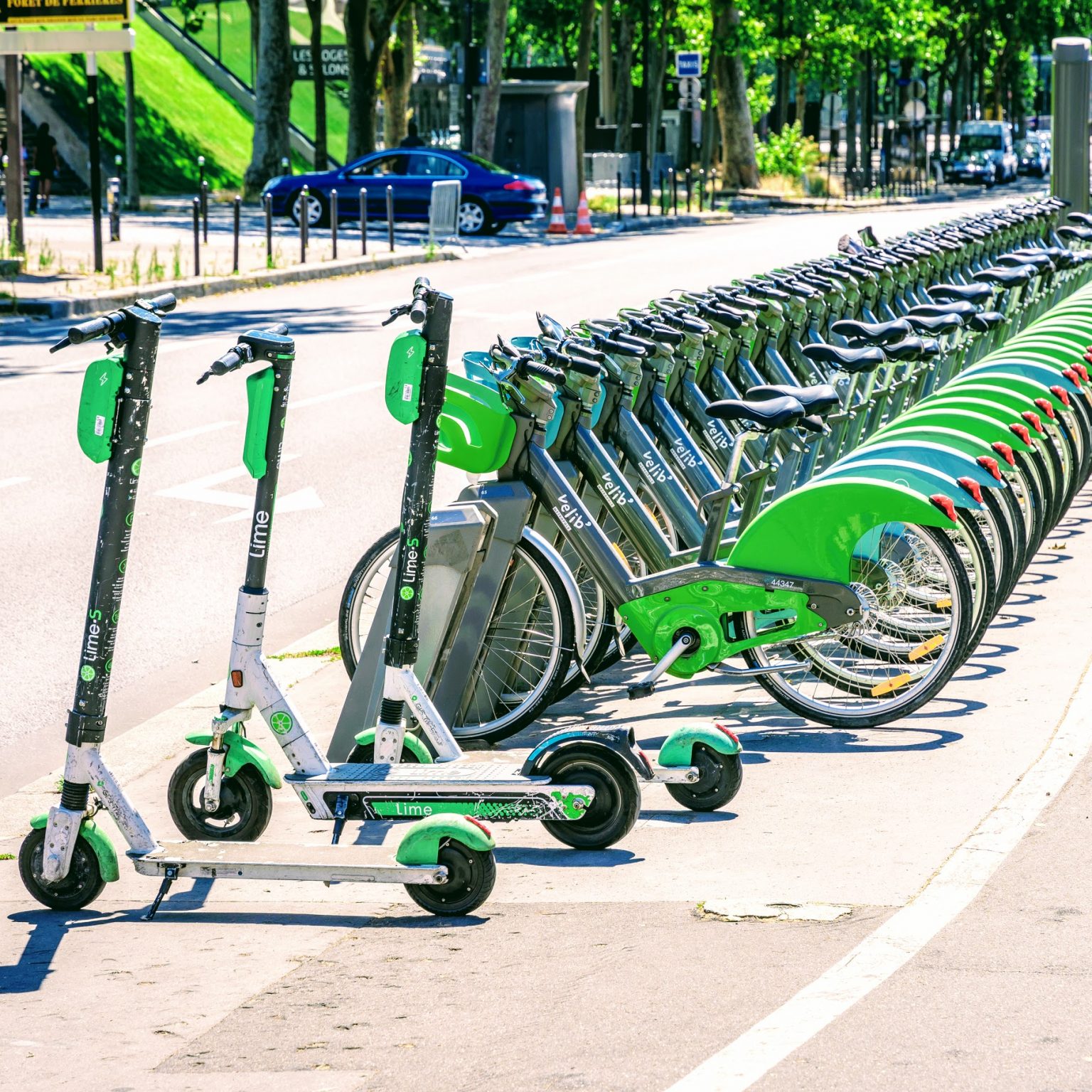
Using a compact eBike or scooter instead of an electric motorcycle or car is a much quicker mode of getting around a congested city. A report published by McKinsey & Company in 2019 revealed that stakeholders had invested over $5.7 billion dollars in micromobility start-ups since 2015, with 85% of that targeting China. This isn’t surprising considering that the people of the world’s most densely populated country rely heavily on micromobility to commute daily. A report by the World Economic Forum revealed that a substantial 73% of China’s population uses micromobility in their daily commute.
Are PEVs Getting More Popular?
There’s no question that Personal Electrical Vehicles (PEVs) are becoming increasingly popular. In July 2021, the McKinsey Center for Future Mobility conducted a study that found that 70% of its participants were open to using micromobility vehicles for commuting. The pandemic was a key factor contributing to this rise in interest in micromobility. When the initial restrictions were lifted, people were still quite apprehensive about using public transport, and the only workaround was to invest in a mode of personal transportation.
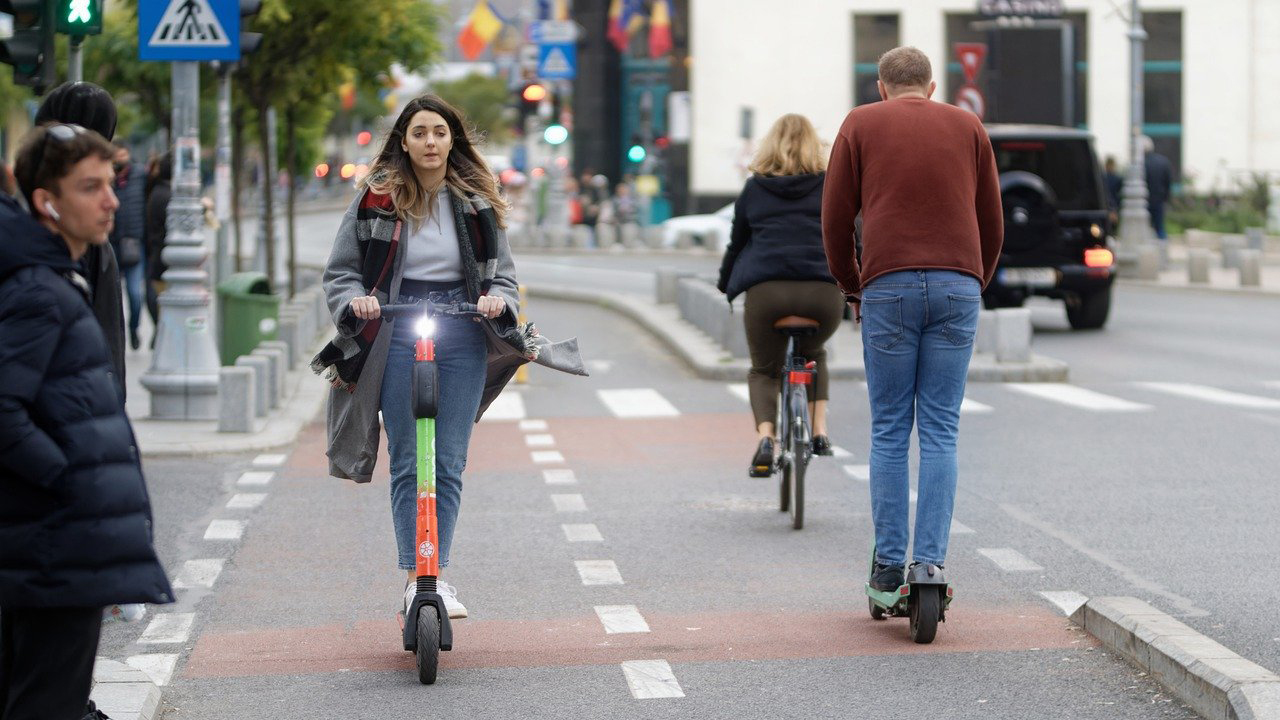
A car or motorcycle makes more sense if you’re traveling long distances. Still, an electric bike will be significantly easier to use for a shorter commute. Bike-sharing companies that allow you to lease a PEV for short durations saw a sharp rise in usage post the easing of the pandmeic restrictions.
A PEV is also quieter, less cumbersome, and emits zero emissions, so it’s not surprising that the environmentally conscious are enthusiastically adopting it.
What Changes Are PEVs Bringing to Transportation Trends?
PEVs and other forms of transportation that can be considered micromobility are changing the way we think about car or motorcycle ownership. The McKinsey & Company study from 2019 also found that all passenger trips of less than 5 miles account for 50-60% of total passenger miles traveled in China, Europe, and the United States. Think about it, and you’ll probably find that most of your travel falls under this category, too; your commute to work or your weekly grocery run likely comprises just a few miles, for which a PEV would be perfect.
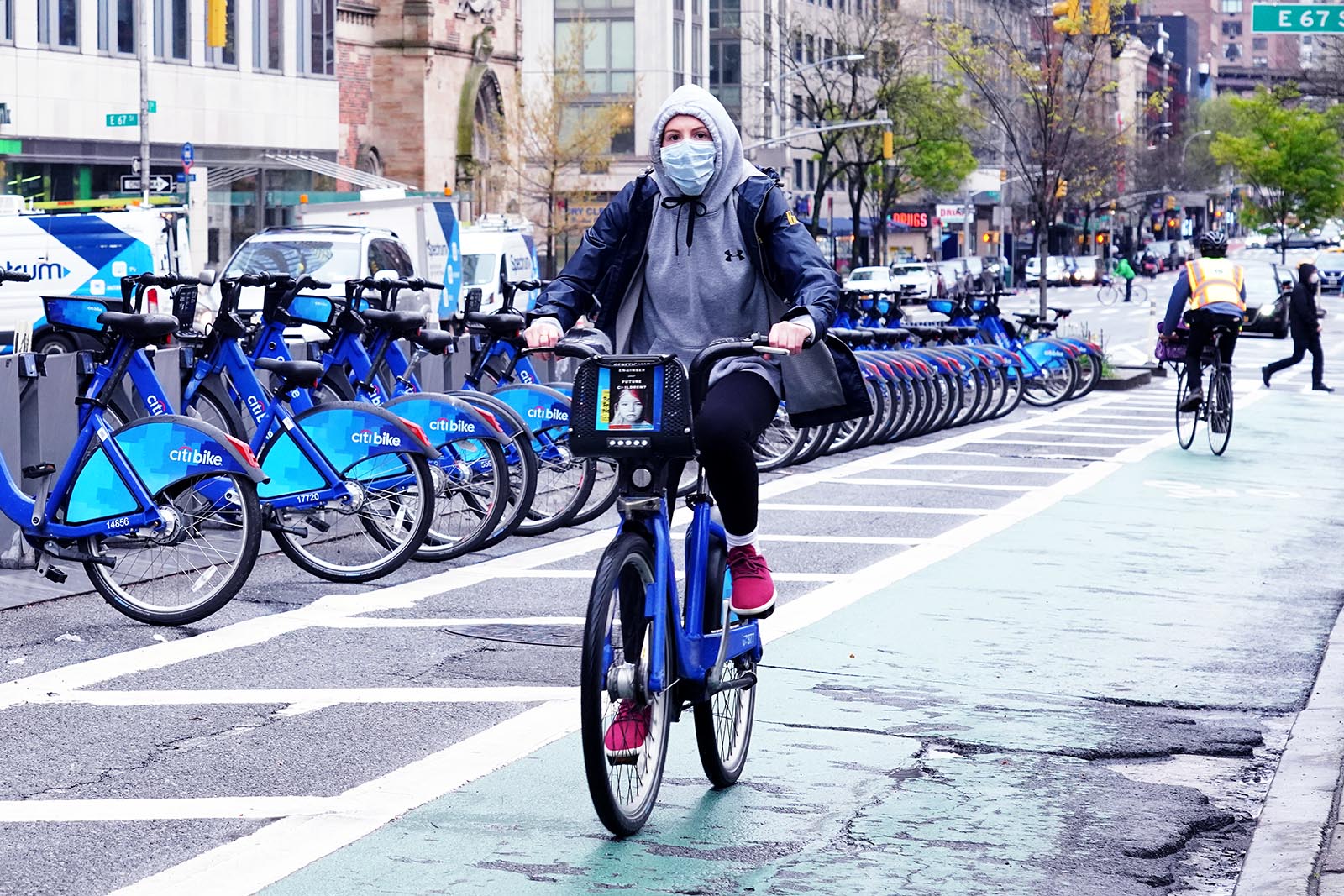
A Stanford study predicts that private car ownership will drop by a whopping 80% by 2030 in the United States. As a result, the number of passenger vehicles on American roads is expected to drop from 247 million in 2020 to 44 million in 2030. However, people will still have to get around, and that’s where PEVs and micromobility come in. Ride-sharing apps will make it easier and much more affordable to commute when compared to owning a car.
Are PEVs the Future of Personal Transportation?
It’s hard to say if PEVs will be the future of personal transportation, as they can’t completely replace the long-distance connectivity that more conventional modes of transportation currently provide. A solution to counteract this would be to find a balance between the two. For example, using a PEV to commute a short distance to somewhere, you can use a mode of public transportation, like a bus stop.
Micromobility is no longer a “buzzword,” and micromobility trends suggest the continued adoption of PEVs as a replacement for “last mile” transportation options. As cities get more populated, it will fall upon PEVs to reduce traffic congestion and keep things in order. A projected two-thirds of the world’s population will live in cities by 2050, so reducing transportation’s impact on the environment will be crucial.
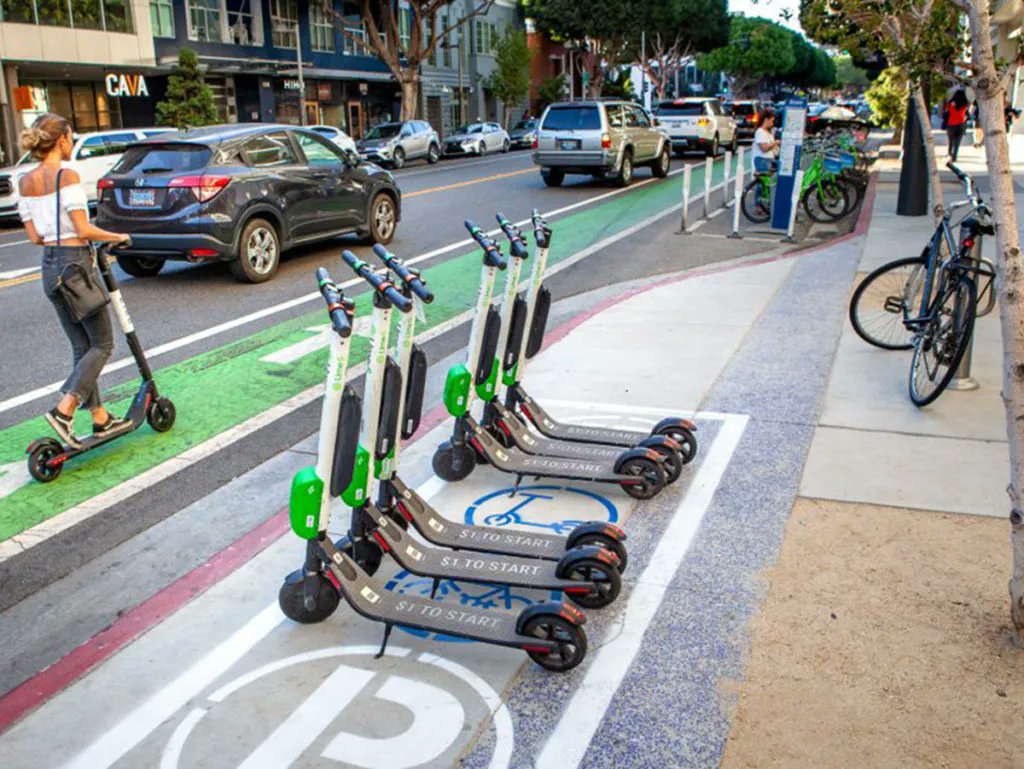
That said, there is still a lot of work that has to be done before micromobility is a more sustainable mode of transportation. For instance, ride-sharing aggregators will need the space to park their eBikes or eScooters, with the ability to charge them or their batteries. Plus, countries across the globe will have to accommodate PEVs with dedicated bike lanes and secure parking solutions.
Source: MotorbikeWriter.com

